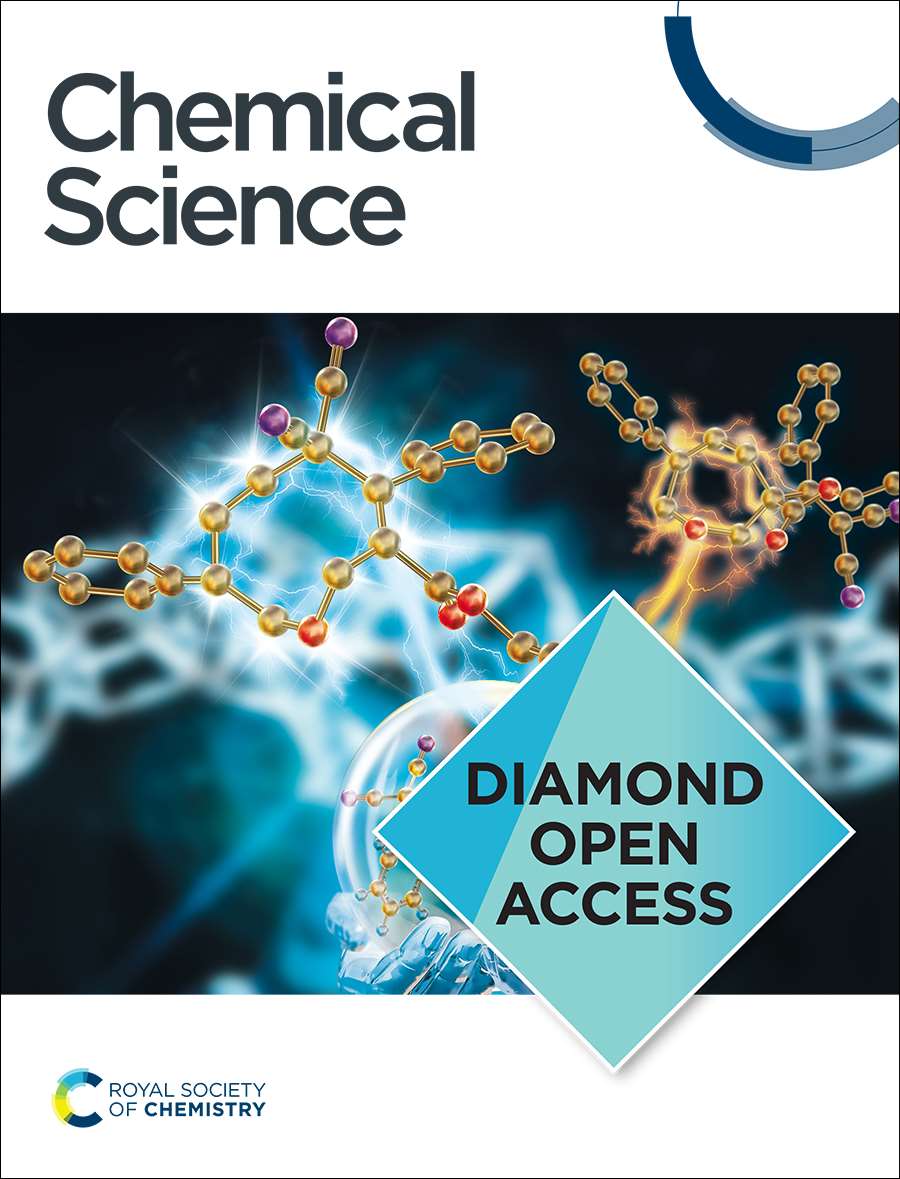Unveiling the role of cobalt in the product regulation for CO2 hydrogenation to light olefins over alumina-supported Co–Fe catalysts
IF 7.6
1区 化学
Q1 CHEMISTRY, MULTIDISCIPLINARY
引用次数: 0
Abstract
CoFe-based catalysts for CO2 hydrogenation reactions have been widely studied, but the effects of cobalt on the product regulation remains largely over-looked. In the present study, we report a series of Na-decorated alumina-supported Co–Fe bimetallic catalysts with varying Co/Fe molar ratios for the direct conversion of CO2 to light olefins. In situ XRD and Mössbauer spectroscopy reveal that Co doping significantly promotes the reduction and carburization of Fe species, leading to the formation of active CoFe alloy carbides. Furthermore, the DFT results indicate that cobalt decreases the H2 adsorption energy, thereby regulating the surface C/H ratio and enhancing the tandem RWGS and Fischer–Tropsch reactions. These effects synergistically improve the formation and desorption of light olefins. As a result, the optimal Co1Fe2 catalyst (Co/Fe = 1/2) achieves a high STY of 315.1 g kgcat−1 h−1 for light olefins with a CO2 conversion of 51.9% at 320 °C. This study provides mechanistic insights into cobalt-assisted product selectivity control and offers a promising strategy for designing highly efficient CO2-to-light olefins catalytic systems.

揭示了钴在氧化铝负载的Co-Fe催化剂上CO2加氢生成轻烯烃的产物调控中的作用
钴基催化剂在CO2加氢反应中的应用已经得到了广泛的研究,但钴对产物调控的影响在很大程度上被忽视了。在本研究中,我们报道了一系列具有不同Co/Fe摩尔比的na修饰氧化铝负载Co - Fe双金属催化剂,用于直接将CO2转化为轻烯烃。原位XRD和Mössbauer光谱分析表明,Co掺杂显著促进了Fe的还原和渗碳,形成了活性的CoFe合金碳化物。此外,DFT结果表明,钴降低了H2的吸附能,从而调节了表面C/H比,增强了串联RWGS和Fischer-Tropsch反应。这些作用协同促进了轻质烯烃的生成和解吸。结果表明,在320℃下,最佳Co1Fe2催化剂(Co/Fe = 1/2)对轻质烯烃的STY为315.1 g kgcat−1 h−1,CO2转化率为51.9%。该研究为钴辅助产物选择性控制提供了机制见解,并为设计高效的co2 -轻烯烃催化体系提供了有前途的策略。
本文章由计算机程序翻译,如有差异,请以英文原文为准。
求助全文
约1分钟内获得全文
求助全文
来源期刊

Chemical Science
CHEMISTRY, MULTIDISCIPLINARY-
CiteScore
14.40
自引率
4.80%
发文量
1352
审稿时长
2.1 months
期刊介绍:
Chemical Science is a journal that encompasses various disciplines within the chemical sciences. Its scope includes publishing ground-breaking research with significant implications for its respective field, as well as appealing to a wider audience in related areas. To be considered for publication, articles must showcase innovative and original advances in their field of study and be presented in a manner that is understandable to scientists from diverse backgrounds. However, the journal generally does not publish highly specialized research.
 求助内容:
求助内容: 应助结果提醒方式:
应助结果提醒方式:


